Best Eco-Friendly Tips: How to Dispose of Lighters Responsibly
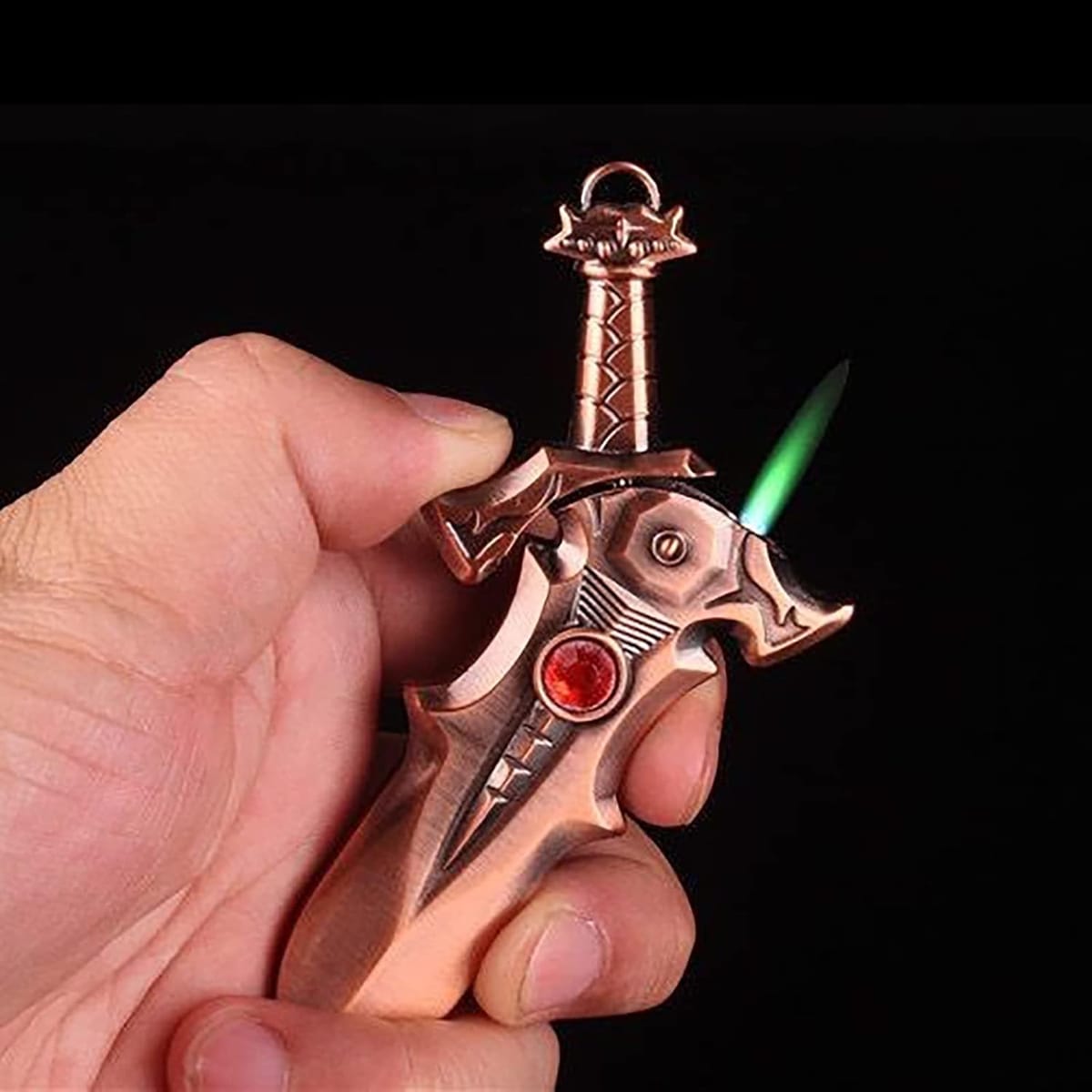
And The Best Styling Non Disposable Lighter Options!
Think of a lighter. A simple object, right? But have you ever wondered “how to dispose of lighters” responsibly once they run out of gas? The answer is not as simple as you might think.

Clipper Reusable Metal Lighters
The History Of Lighters
We've come a long way from a flint knife and pyrite striker of the copper age to the trusty disposable lighter. A staple of convenience stores and gas station counters worldwide, this pint-sized flame-spitting wonder has a long and fascinating history.

Zippo aluminum
Believe it or not, the disposable lighter can trace its roots all the way back to the mid-1800s, when a man named Johann Wolfgang Dobereiner invented what he called the "lamp with self-regulating flame." Basically, it was a little contraption that used hydrogen gas to create a tiny, adjustable flame - kind of like a mini blowtorch.
Of Course Our Planet Suffers The Evolution
Fast forward a few decades, and a guy named Carl Auer von Welsbach came up with a new twist on the idea: instead of using hydrogen gas, he used a metal called cerium to create a spark that could ignite a flammable gas like butane. This was the beginning of what we would recognize as the modern disposable lighter.
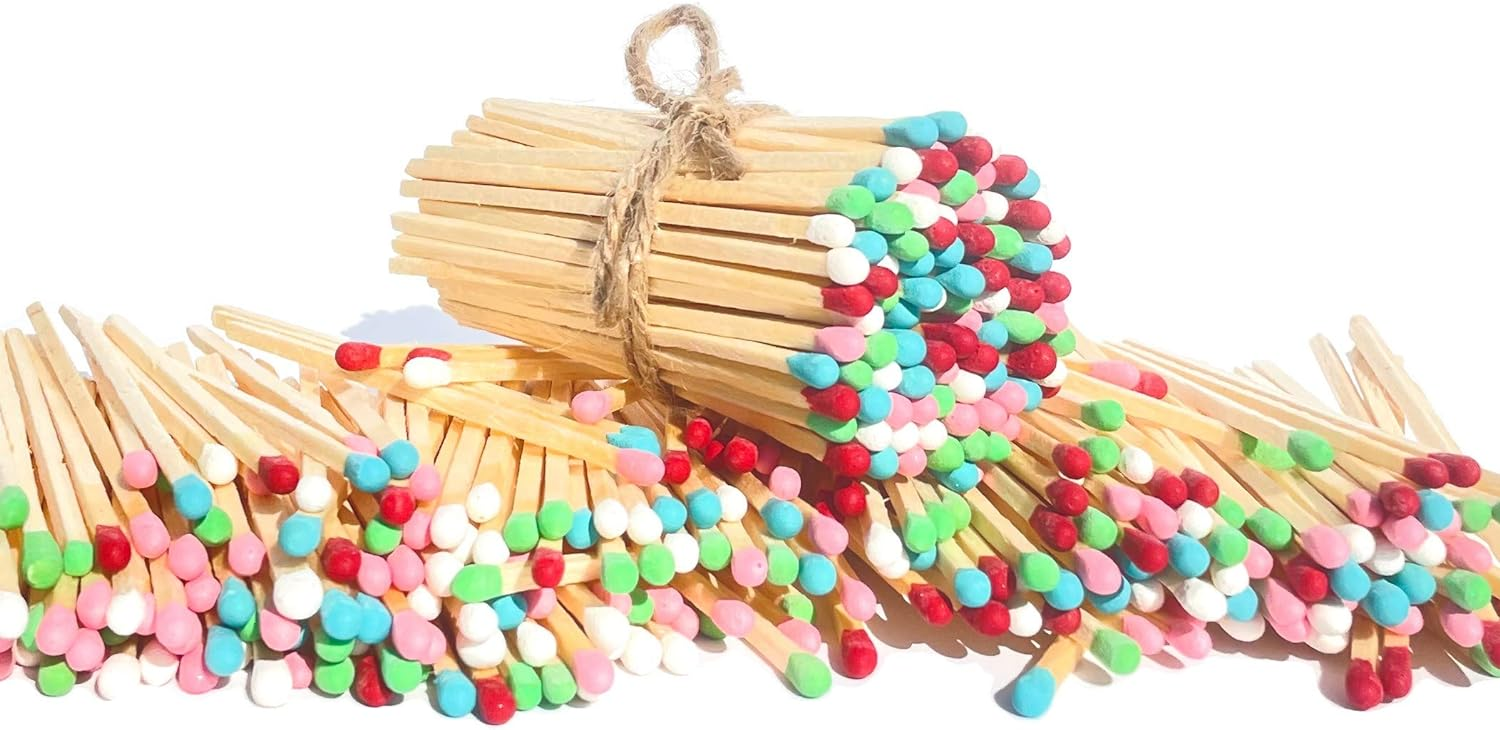
Winecraft. The history of matches is even more colorful (below in more info)
But it wasn't until the 1930s that the disposable lighter really took off. A company called Ronson (which, incidentally, sounds like the name of a space-age villain in a 1950s B-movie) introduced a lighter that used a small, replaceable fuel tank and flint. This was the first true disposable lighter, and it soon became a hit with smokers (and aspiring pyromaniacs) everywhere.

JEOKWMS copper
Over the years, the design of the disposable lighter has evolved in various ways - from the iconic Zippo, with its hinged lid and distinct "clink" sound, to cheaper and more generic brands that come in a rainbow of colors (for all your sparkly rainbow-fire needs).
Understanding Lighter Disposal: The Basics
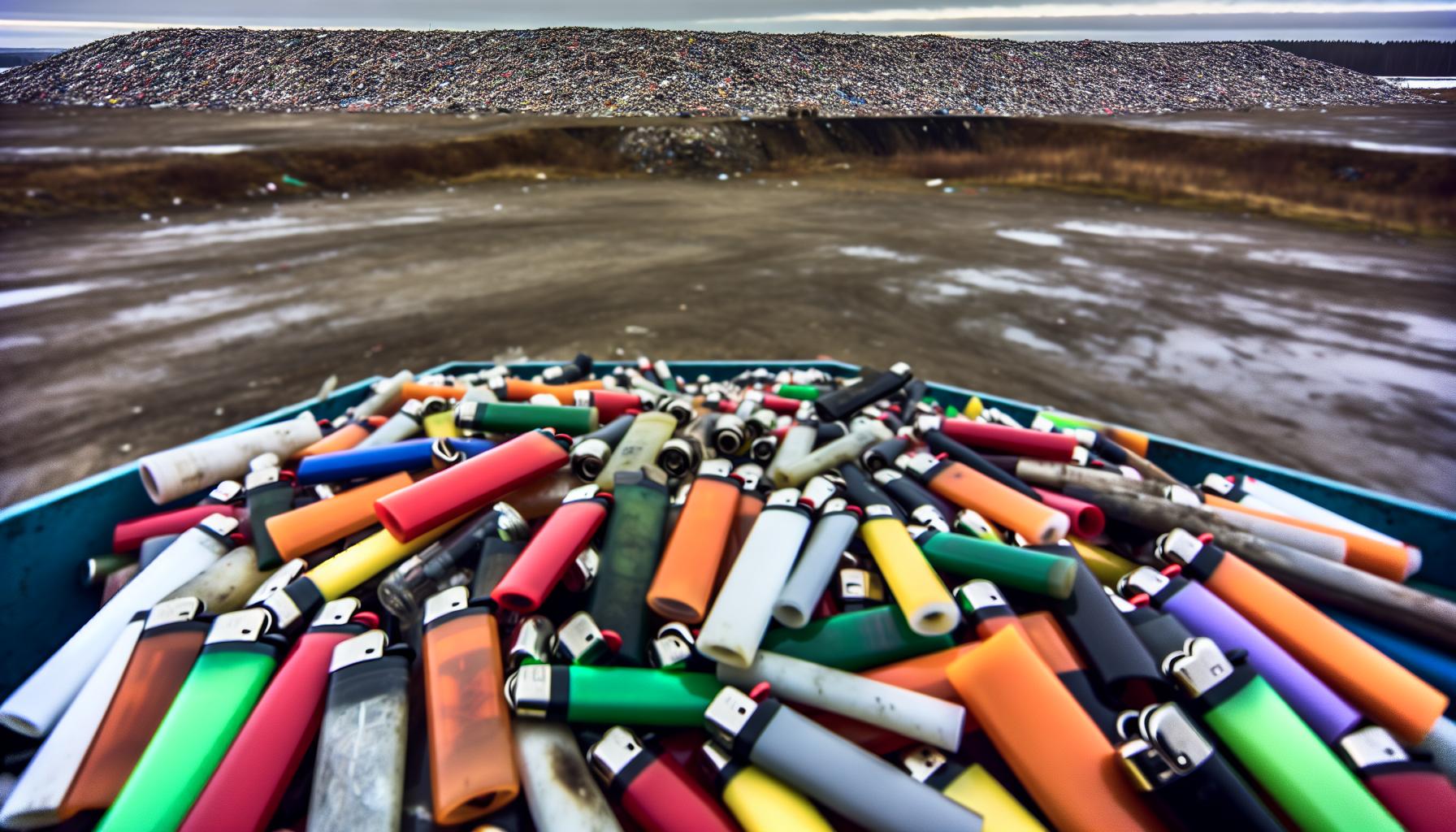
Really Few Places To Recycle Lighters
The little spark that a lighter produces can ignite not only your favorite scented candle but also a trail of environmental damage and safety risks if not disposed of properly.
Disposable lighters, filled with lighter fluid, are classified as hazardous waste and can pose environmental hazards, including soil and water contamination, if discarded in regular trash.

TG Plasma. EDC rechargeable waterproof silicon
Besides the dangers of incorrect disposal, the manufacturing and packaging of lighters also cause environmental harm. The materials used, often plastic, contribute to the depletion of the ozone layer and the emission of greenhouse gases.
So, what is the proper way to dispose of lighters? The answer lies in understanding the basics of lighter disposal and using lighters correctly.
Step-by-Step Guide to Disposing Disposable Lighters
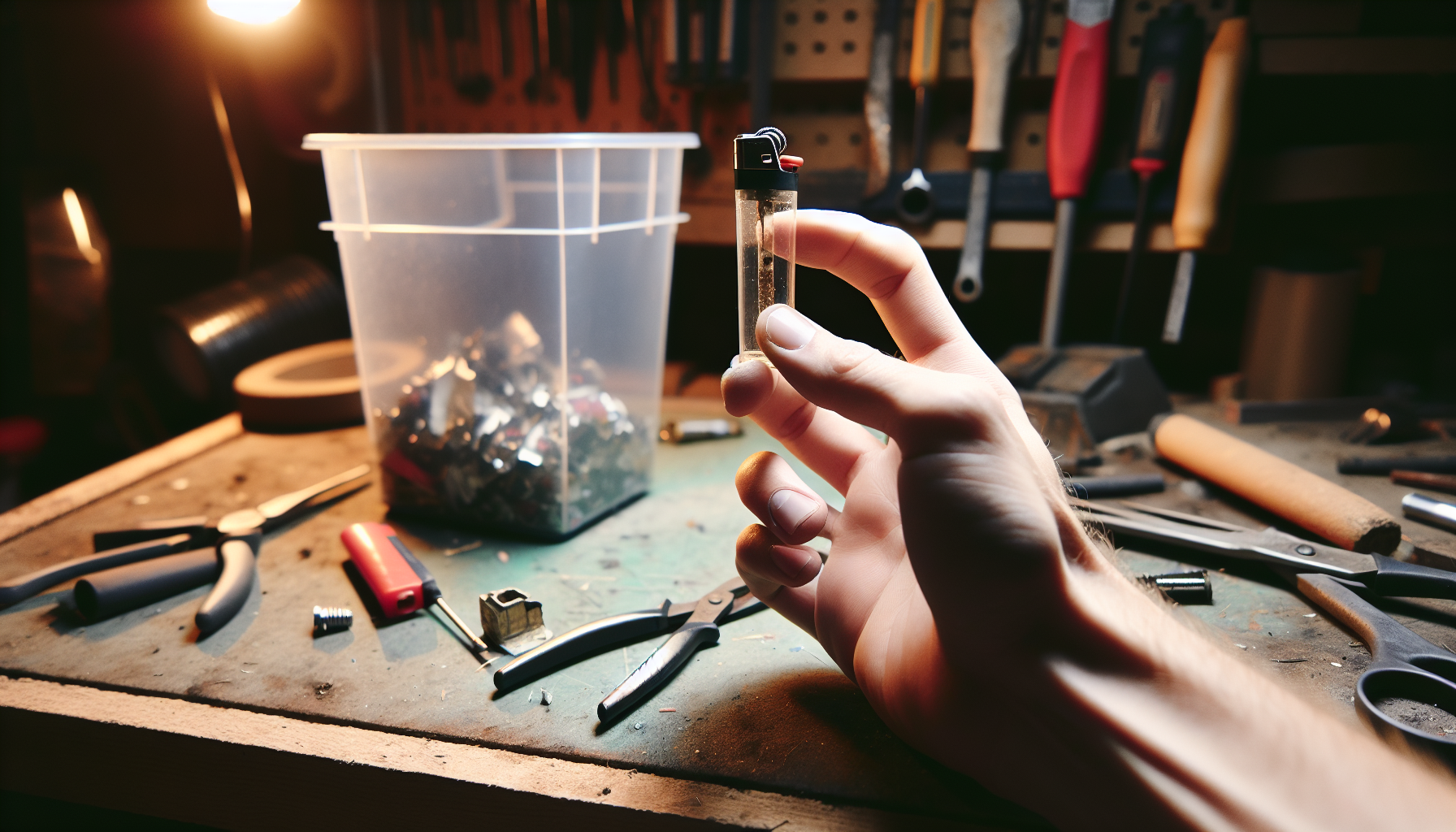
The path to environmentally-friendly lighter disposal starts with recognizing that throwing lighters into household waste is not a responsible method. It might seem tempting to simply throw an old lighter into the bin and forget about it, but the lingering lighter fluid could lead to hazardous situations, including lighter fluid poisoning.

Benevolence LA. no messing with fuel when you got a match!
Instead, the first step in disposing of a disposable lighter is to check for any residual lighter fluid. Even an apparently empty lighter may still contain hazardous materials.

PPFISH brass peanut lighter EDC
Once you’ve ensured all the lighter fluid has been safely burned off, the lighter can be disposed of at a household hazardous waste disposal facility or a responsible recycling center. And good luck finding one of those handy these days!
Checking for Excess Fuel
Before you part ways with your old lighter, make sure it’s entirely devoid of fuel by checking how much fuel is left. Why? Because residual fuel in the lighter can be a potential source of hazardous chemicals, with both environmental and health implications.
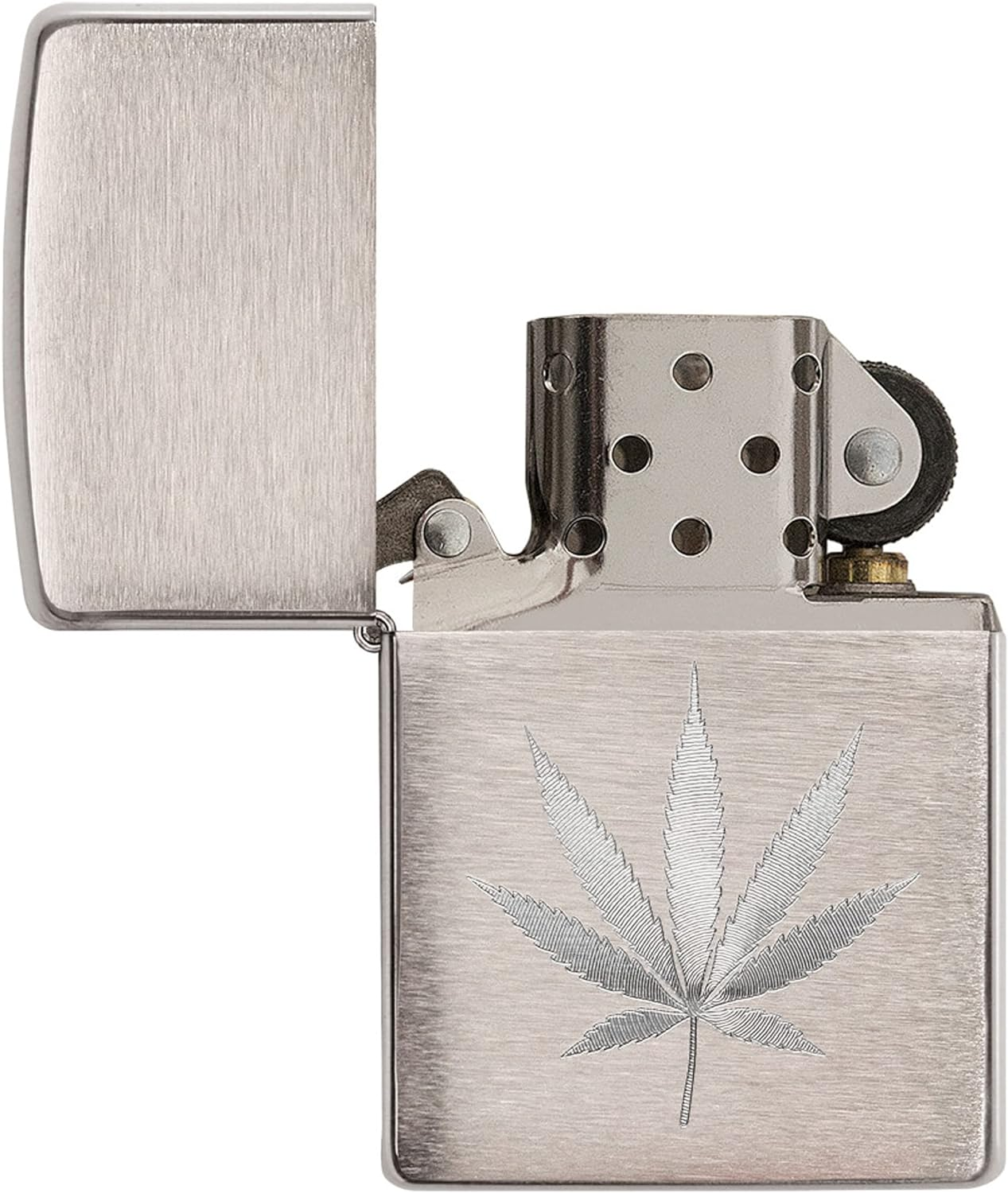
Zippo the classic in non-disposable lighters, since 1930. With an endless variety of color and decor to choose from... If you're messing with fuel anyway, why not get a lighter famous for lasting more than a lifetime?
Determining whether a disposable lighter still contains any fuel is simple. Inspect the bottom of the handle. If a fuel tank is present, then the lighter has fuel remaining. Conversely, if no fuel tank is present, the lighter is empty. Once you’ve confirmed there’s no leftover fuel, you’re ready to burn off any remaining fuel safely.
Safe Burn-off Procedures
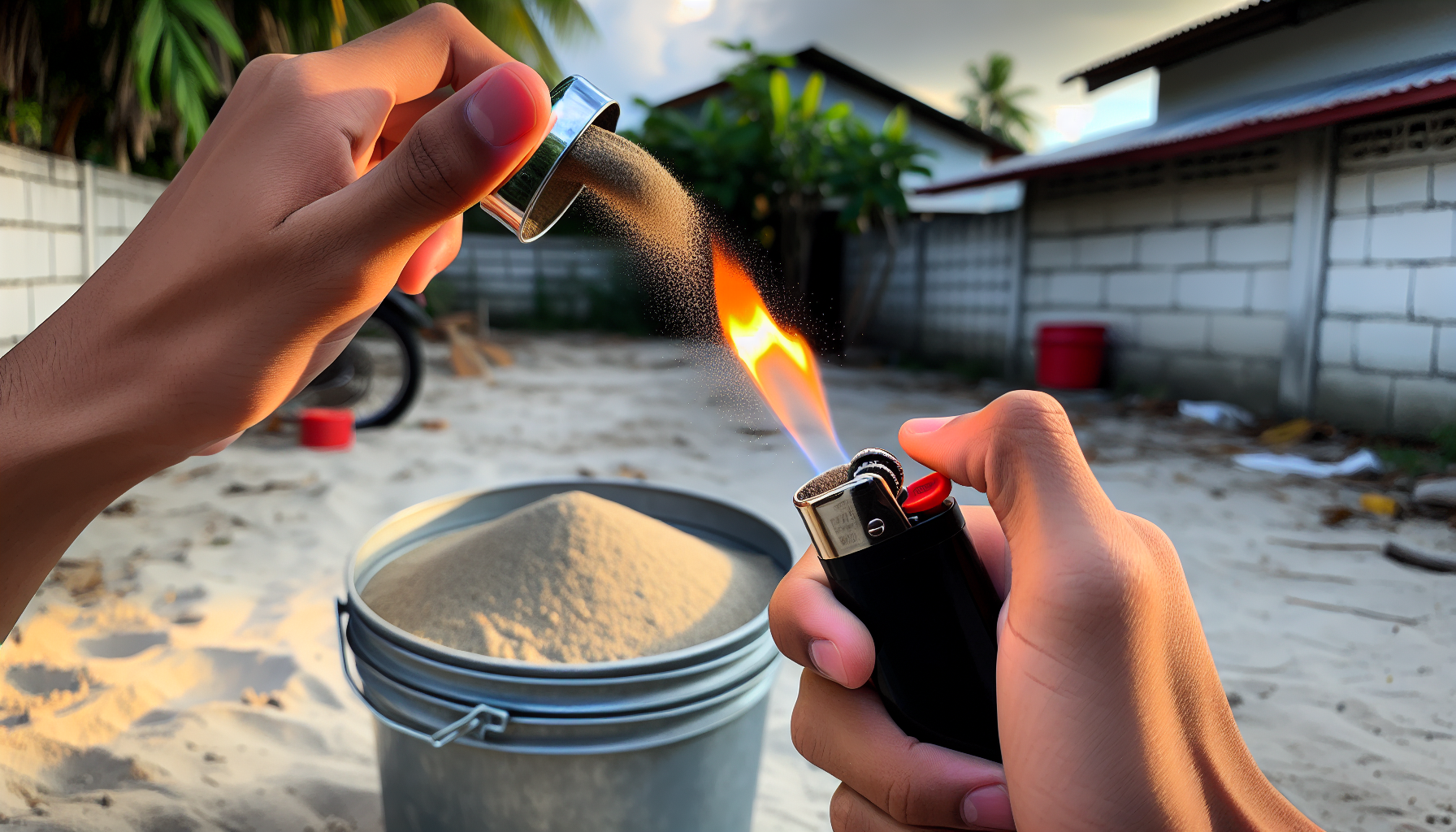
Extinguishing residual fuel from disposable lighters should be handled with caution and responsibility, much like roasting marshmallows over a campfire. And just like you wouldn’t start a fire in a forest or a crowded room, you should never burn off excess fuel from a lighter near any flammable materials.
So where is the best place to safely burn off this fuel? Outdoors, in a well-ventilated area clear from any flammable materials or open flames. This ensures that the process doesn’t pose a fire hazard to you or your surroundings.
Navigating Household Hazardous Waste Disposal (And Good Luck With That)

After checking your lighter and burning off any leftover fuel, you’re prepared for responsible disposal. But what’s the proper place for it?
The answer... almost nowhere! Household hazardous waste disposal facilities - normally to be found in a low income neighborhood - may be equipped to handle materials that contain toxic chemicals, like the lighter fluid in disposable lighters.

Clipper Metal Lighters, reusable
Near Non Existence Of Toxic Waste Locations
If you manage to find a household hazardous waste site, out of the just over a thousand, uncontrolled, locations in the US, then getting rid of your old lighters may ensure that they’re disposed of safely. May also help protect the environment from potential toxins associated with improper disposal.

JEVSTU. ceramic, copper, non disposable
Local recycling facilities may also accept disposable lighters for disposal, if you have a large number to get rid of at once. But good luck lately trying to find one of those, have you noticed?
Responsible Recycling of Lighters
You might question why you can’t just discard your old lighter in the recycling bin with your plastic bottles and cans (guess what? they're not recycling many of those anymore either). Lighters are of course composed of various components, including plastic and metal, which makes it hard to separate and recycle them.
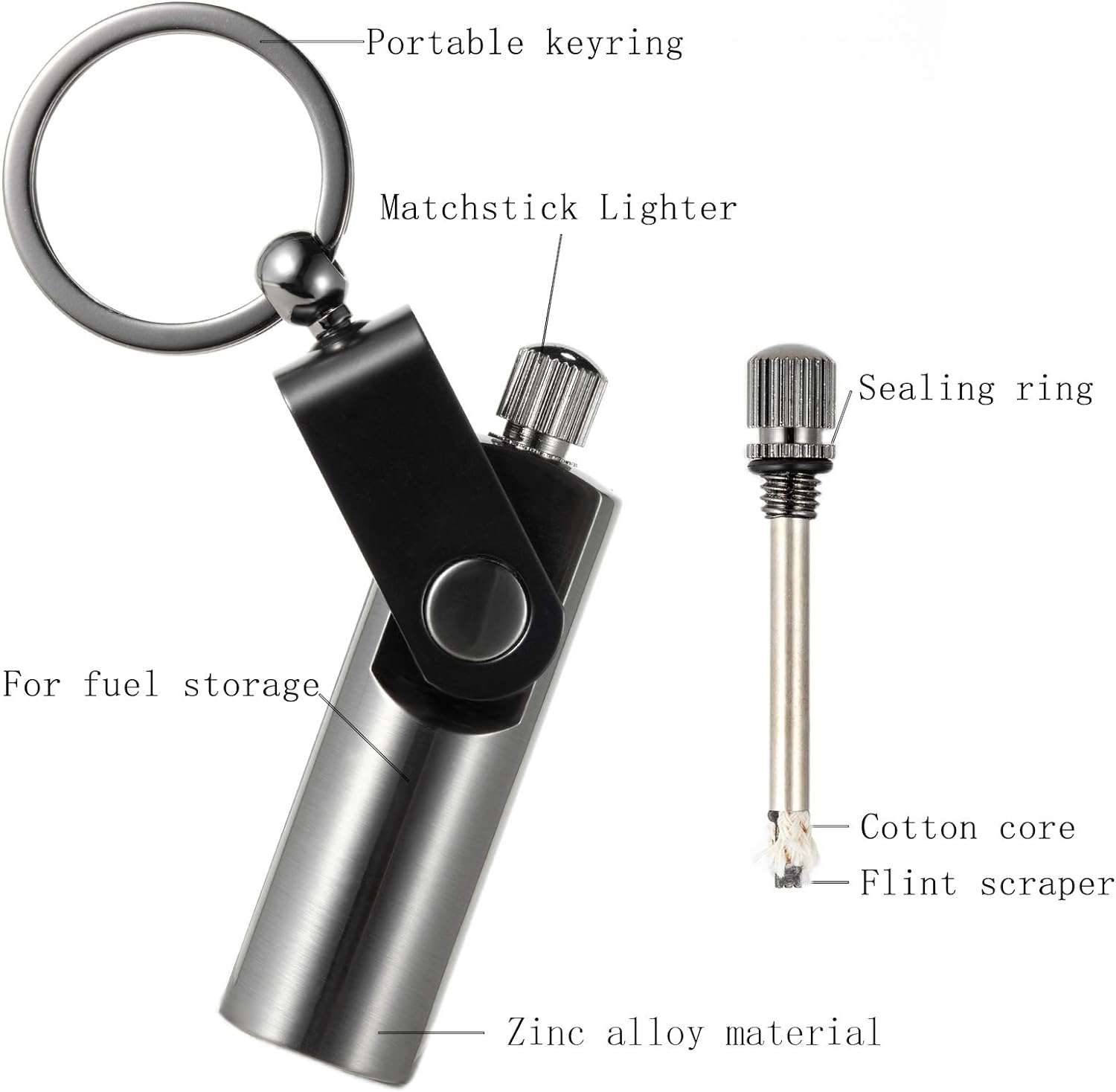
SOGEM permanent match uses slightly less fuel, with the advantage of being non disposable
While recycling should be facilitated by our our government, it’s worth noting that makers of these hazardous items should also share the blame. Lighters fall into the toxic category due to their mixed materials and the presence of hazardous components like flammable gases or liquids. But who is facilitating proper disposal of all these disposables? No one.
Why Standard Recycling Centers Reject Lighters
Few and far between recycling centers operate like well-oiled machines, engineered to manage particular types of waste. When it comes to lighters, these centers face a conundrum, as in few exist. Lighters are obviously made of mixed materials, such as plastic and metal, and contain hazardous components, all of which pose challenges to recycling.
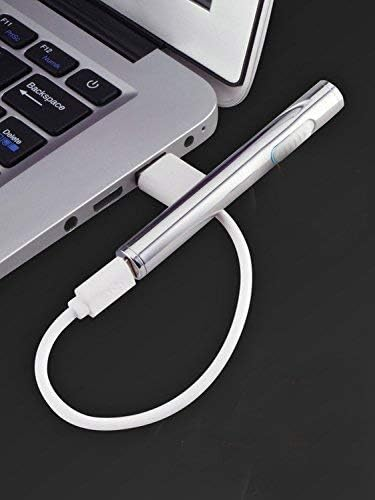
Jouge electric, aluminum
These difficulties stem from the risk of contamination and the complexities of separating mixed materials. Furthermore, the presence of hazardous components, such as flammable gases or liquids, can present health and safety risks for recycling workers. As a result, many disappearing recycling centers choose to reject lighters, and anything else, underscoring the need for responsible disposal and alternative solutions.
Eco-Friendly Lighter Alternatives

RSBYE. electric dragon lighter, many designs to choose from
Although disposable lighters, such as bic lighter, raise environmental issues, there are alternatives available that can aid in minimizing waste and environmental damage.
Two such alternatives are disposable and refillable lighters, as well as matches and rechargeable electric lighters, both of which offer a more environmentally friendly solution compared to traditional bic lighters. By choosing these alternatives, people can avoid the need to throw lighters away, reducing waste.
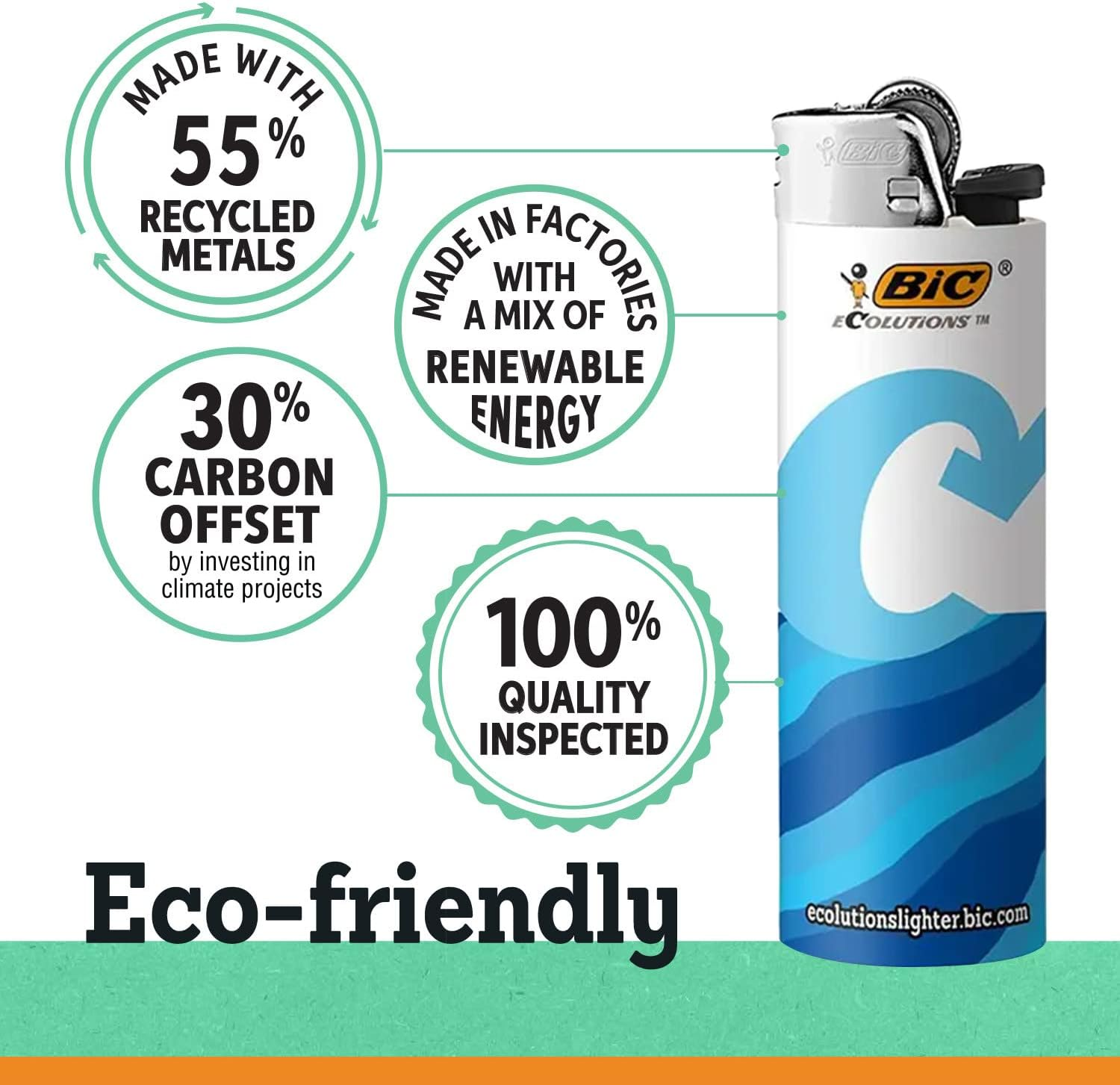
Bic trying to make up for their hazardous waste mess with their new Ecolutions but it's still plastic, and likely not even recycled plastic, so maybe they got a ways to go.
The comparison can be made to exchanging a fuel-intensive car for a bike or an electric vehicle. Both get you from point A to B, but the latter options are kinder to the environment. Similarly, matches and rechargeable electric lighters do the same job as traditional lighters, but with a smaller environmental footprint.

Mee Too electric, aluminum, wind proof
Matches as an Eco-Friendly Option
Recall the traditional matches? They serve as both a sentimental token from the past and a green substitute for disposable lighters. Matches are biodegradable, meaning they naturally decompose and thus do not contribute to environmental pollution like plastic lighters do.

ZIKANI this brand sustainably sources their match materials
However, like any other product, the production of matches can impact the environment. This includes potential effects such as abiotic depletion, global warming, and eutrophication. But when compared to the potential environmental harms of improperly disposed lighters, matches are a step in the right direction.
The Rise of Rechargeable Electric Lighters
The emergence of rechargeable electric lighters, such as plasma lighters, marks another stride towards greener substitutes for disposable lighters. These devices use electricity to create a flame or plasma arc, rather than relying on fuel sources such as butane or propane. It’s like swapping out a gas stove for an electric one.

ARCECTECH. electric, stainless steel
Rechargeable electric lighters, also known as rechargeable lighters, not only reduce waste but also offer an effective windproof solution. Plus, they’re estimated to provide up to 600 uses on a single charge, making them not only an eco-friendly option but also a cost-effective alternative to traditional refillable lighters.
Creative Reuses for Old Lighters
If you possess a creative flair, you might contemplate upcycling your old lighters. This involves transforming them into something new and functional, giving them a second life. It’s a bit like taking an old, worn-out piece of clothing and turning it into a trendy fashion accessory.

Harewu crafty ceramic match holders, matches included
From building recycled lamps to crafting distinct jewelry pieces, there is an array of methods to recycle lighters. These creative solutions not only extend the life of the lighter but also reduce the need for new materials, further reducing environmental impact.
(Check out examples in more information below)
From Spark to Art: Upcycling Lighters
Upcycling lighters can offer an enjoyable and gratifying experience. Imagine transforming a simple lighter into a pair of stylish earrings or a unique finger ring. It’s like turning a blank canvas into a masterpiece.
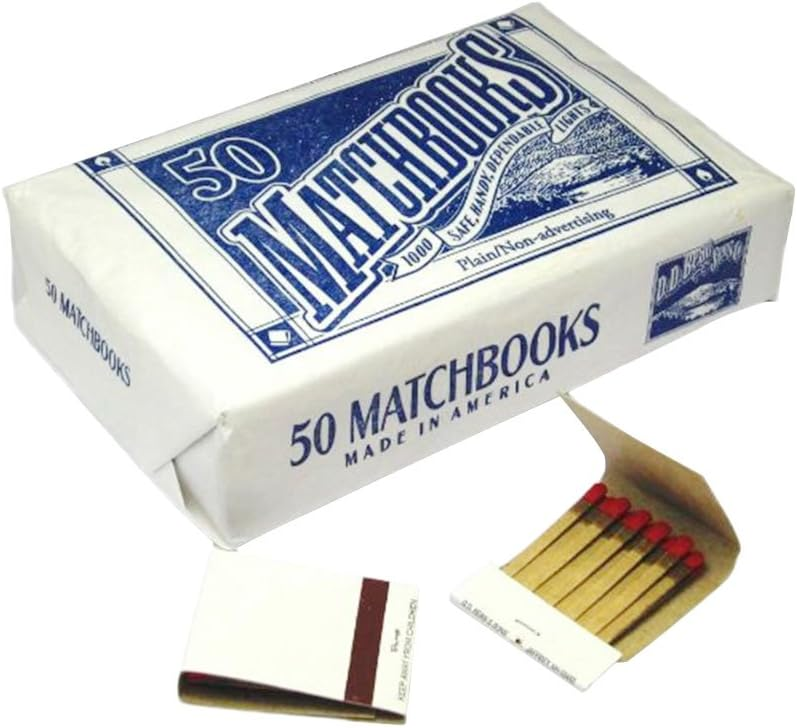
D.D Bean & Sons gives you a whole lot of paper matches for the price of a couple disposables!
Abundant online tutorials and resources are at your disposal to kickstart your upcycling journey. From creating wearable art to crafting functional household items, the possibilities are endless. So why not give it a try? You might just discover a new hobby while doing your part for the environment.
Summary
In essence, the journey to responsible lighter disposal is like a trek up a mountain. It may seem daunting at first, but with each step, you move closer to the peak. Each lighter properly disposed of or creatively repurposed is a step towards a more sustainable and environmentally friendly future.
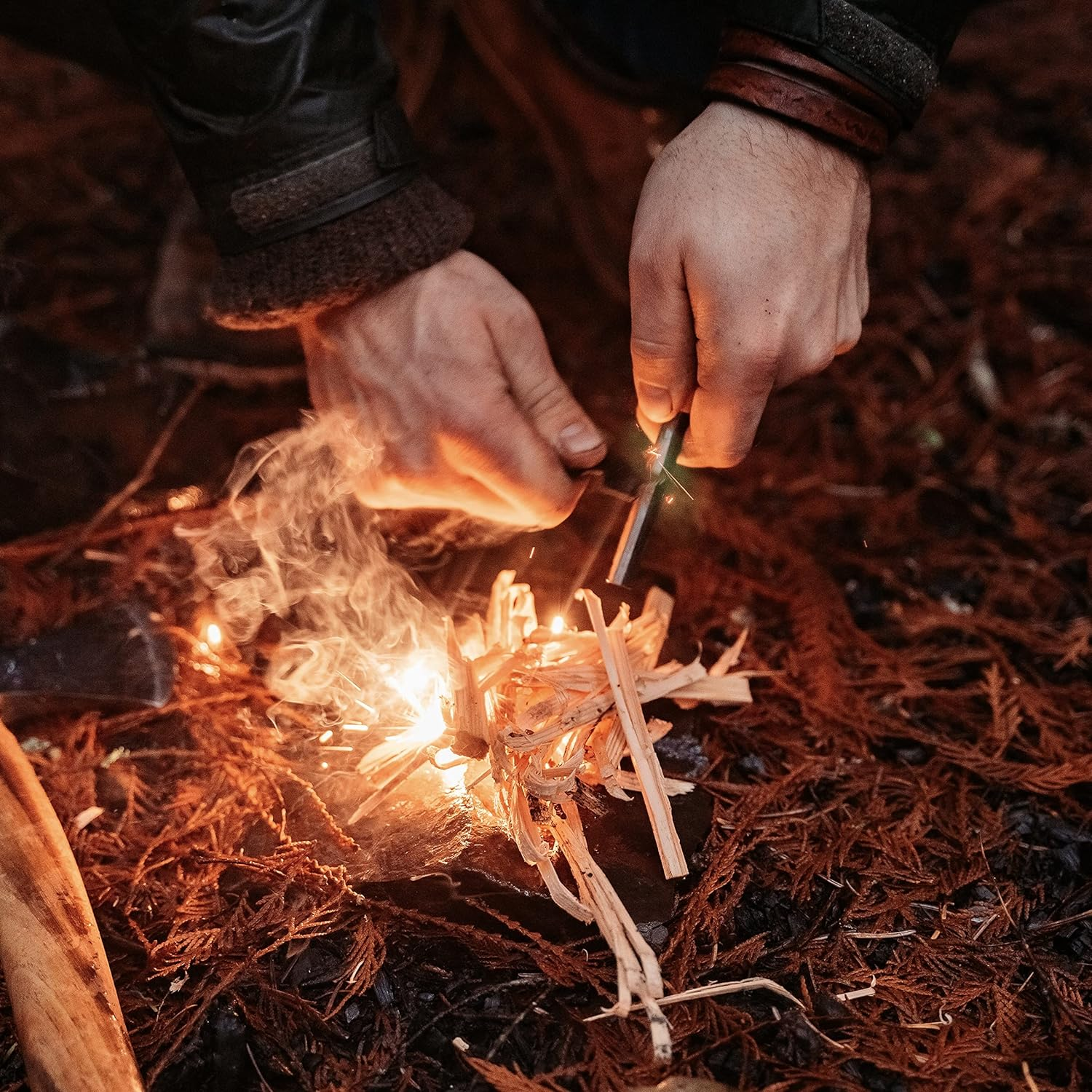
Uberleben makes it stylish to revisit the good ol' Copper Age
From understanding the basics of lighter disposal to exploring eco-friendly alternatives and creative reuse of old lighters, we’ve navigated the path to responsible lighter disposal together. Remember, every small action counts, and together, we can make a big difference.
FAQs
What do you do with old lighters?
Dispose of empty lighters in the trash, and unused or partially used lighters should be taken to a household hazardous waste collection site. Make sure lighters are completely empty before disposal.
How do you dispose of disposable lighters?
Dispose of empty lighters in the trash and bring unused or partially used lighters to a household hazardous waste collection site.
Do lighters go in the recycle bin?
No, lighters should not be placed in the recycle bin. Empty lighters should be disposed of in the trash and unused or partially used lighters should be brought to the household hazardous waste collection sites. Recycling centers advise that you don't put lighters in your recycling bin because they are considered hazardous waste and the materials used to make them are not fit for the recycling machine.
How do you empty a Bic lighter?
Empty a Bic lighter by holding it in an upright position and depressing the filler valve located at the bottom with a ball-pen or screwdriver until the hissing sound stops, ensuring that no butane gas remains.
What do you do with old lighters?
Empty lighters should be disposed of in the trash, and unused or partially used lighters should be taken to household hazardous waste collection sites for free.
For more information:






